Salalah is the largest city of the Dhofar governorate of Oman, known to many as the ‘Land of Frankincense’. This growing coastal city has become a popular destination for visitors to the Sultanate, particularly during the summer months when it becomes a cool, rainy escape for Gulf residents seeking a break from the heat.
Salalah is also believed to have been the favourite Omani city of His Majesty the late Sultan Qaboos Al Said, who was born there and raised by his Dhofari mother. When Sultan Qaboos became ruler of Oman, it is said that he spent as much time as he could in Salalah, feeling more at home there than in the capital, Muscat.
In this post, we’ll lay out 5 reasons why we think you should visit Salalah, including some of the best things to do and beautiful places to visit. If the Sultanate of Oman is already on your travel bucket list, making the trip down to Salalah is an absolute must!
1. Khareef season in Salalah
The governorate of Dhofar is unique to the rest of the Sultanate in that it has its own micro-climate. From early July until mid-September Dhofar catches the tail end of the Indian monsoon season, with heavy rains turning Salalah and the surrounding area lush, grassy and green. A wet mist hangs over the region, particularly as you go up into the mountains outside of the city, and people travel from around the world to explore the beautiful lakes, wadis and waterfalls.
The khareef season as it’s known locally (khareef means Autumn in Arabic) is particularly popular for visitors coming from elsewhere in Oman and the Gulf, as it offers a cool, refreshing respite from the weather in cities like Muscat and Abu Dhabi, where temperatures frequently hit 50°c.
During the khareef, as well as picnicking in the mountains and exploring the rugged coastal scenery, you can also enjoy the Khareef Festival in Salalah, featuring cultural festivities, exhibitions and family friendly events hosted by the Ministry of Tourism to celebrate the season and attract visitors.
This usually takes place over a few weeks during July and August, when Salalah is the busiest and most full of visitors. However, we recommend visiting Salalah towards the end of the khareef, during the early weeks of September. This way, you can still enjoy the beautiful scenery (and lovely weather, if you’re looking to escape the heat), but avoid the crowds and high prices of the tourist season.
2. Dhofari Frankincense
Omani frankincense (known locally as luban) is legendary, and is widely believed to be the highest quality frankincense in the world. Dhofar, with Salalah as its trading centre, is the historical source of the frankincense that famously travelled along the Silk Routes centuries ago to be traded in markets as far flung as China and the western Mediterranean.
The finest and most popular variety of Dhofari frankincense is known as Hawjari, and is silvery in colour and more expensive than other varieties. It is sometimes also called Hasiki frankincense, because it comes from the Wadi around Hasik, about two hours’ drive east of Salalah. If you want to buy frankincense in Salalah, the best place to go is Al Husn Souq, also called the Frankincense Souq, where you’ll find an abundance of merchants and stalls selling frankincense, along with other resins and fragrances like Oud and Bukhoor.
Savour the scents of Salalah with Evelyn Naón’s beautiful perfume, named after the beautiful Omani city:
3. Oman’s most beautiful beaches
Another reason why tourists travel to Salalah is to enjoy the peace and tranquillity of its vast, white beaches. The beaches in Salalah are natural and relatively untouched, their blue waters still sparkling without the effects of pollution or overuse. They’re neither touristy nor commercialised (yet), and the sight of a group of camels plodding quietly along the sand is not an unfamiliar one. Some people also enjoy birdwatching on Salalah’s beaches – the relative peace and quiet makes them the perfect place to spot wildlife.
The most beautiful time to visit the beach in Salalah is the early evening around sunset, when the orange skies and bewitching golden hour light cast silhouettes of leaning palm trees. At this time of day, you’re easily be fooled into thinking you’re somewhere in the Caribbean, not the southern tip of the Middle East.
Of the best beaches in Salalah, Al-Mughsail beach is likely the most popular with its stretching white sand and rocky coastline, which is speckled with green during the khareef season. Nearby is Marneef Cave, a popular spot for visitors with its spectacular, natural blowholes. Haffa beach is also popular, with its rows of palm trees leaning out towards the ocean.
4. Salalah is culturally unique
Located 1,000km from the Omani capital, Salalah and the wider Dhofar governorate have remained somewhat separate and culturally distinct from the rest of Oman. This has changed somewhat during the rule of Sultan Qaboos – partly because of his close personal ties to Salalah and also because of the widespread and rapid development of, and investment in the country as a whole that took place under his rule.
Yet Salalah has still managed to retain an authenticity and cultural uniqueness that make it different to other Omani cities. Dhofar is home to the Jabali (mountain) tribes, who speak their own language instead of Arabic and have maintained their unique tribal identity and customs to a greater degree than other Omani tribes.
There are also many Yemenis and Yemeni-Omanis living in Salalah due to its proximity to the Yemeni border, and there has historically been a lot of crossover – physically and culturally – between Dhofar governorate and Yemen’s eastern Al-Mahra province. In Dhofar today, similarities with Yemeni culture are visible in the social and tribal norms of local communities, adding to the myriad of influences that have woven together to form Salalah’s unique patchwork of cultural fabric.
 Performers dancing in the style typical of southern Oman and eastern Yemen – an example of the cultural influences criss-crossing the Yemeni-Omani border and spilling into Salalah (image: The William and Mary Blogs)
Performers dancing in the style typical of southern Oman and eastern Yemen – an example of the cultural influences criss-crossing the Yemeni-Omani border and spilling into Salalah (image: The William and Mary Blogs)
There are a number of cultural sites and museums to visit in Salalah. Among the most impressive and fascinating is UNESCO World Heritage Site Al Baleed Archaeological Park, which consists of the remains of the City of Zafar (from which Dhofar inherited its name), dating back to the pre-Islamic period. Zafar historically functioned as a port for shipping frankincense to Africa, India and China.
5. Fresh fruit and seafood
Along Salalah’s beaches and roads you’ll find endless rows of coconut palms and banana trees, making the city the perfect place to enjoy fresh, tropical fruits and juices. On the beach by Haffa Souq you’ll find countless wooden huts selling the freshest coconut water (straight from the coconut, as it should be!), bunches of bananas and mango juices for a fraction of the price you’d buy them back home. It’s the perfect, refreshing way to end a sunset stroll on the beach or an evening trip to the Souq.
Aside from the delicious, fresh fruit, Salalah also has other gastronomical surprises. Camel meat is a popular delicacy in Oman, with dishes like meshkak (camel meat kebab) widely available in Salalah city (don’t knock it ‘til you’ve tried it!). And like elsewhere in Oman, Dhofari food has been subject to the influences of East Africa, making rice, fresh fish and seafood (likely the local fishermen’s catch of the day) local favourites.
Have you visited Salalah?! What made you want to visit and what was your favourite thing about it? We’d love to know, let us know in the comments below!
If you enjoyed this, you might also like:
Misfat al-Abriyeen: A peaceful oasis in Oman’s Hajjar mountains



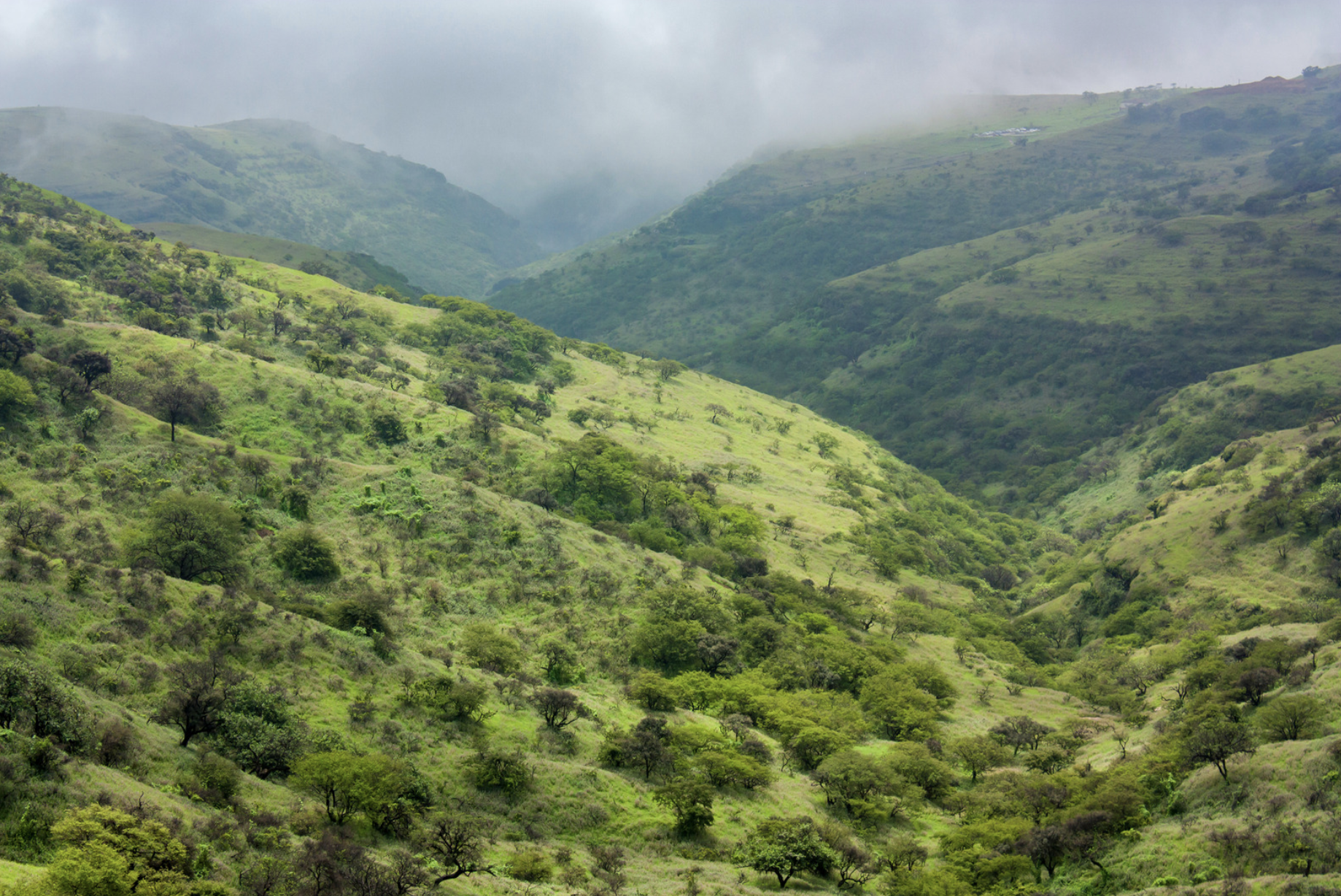
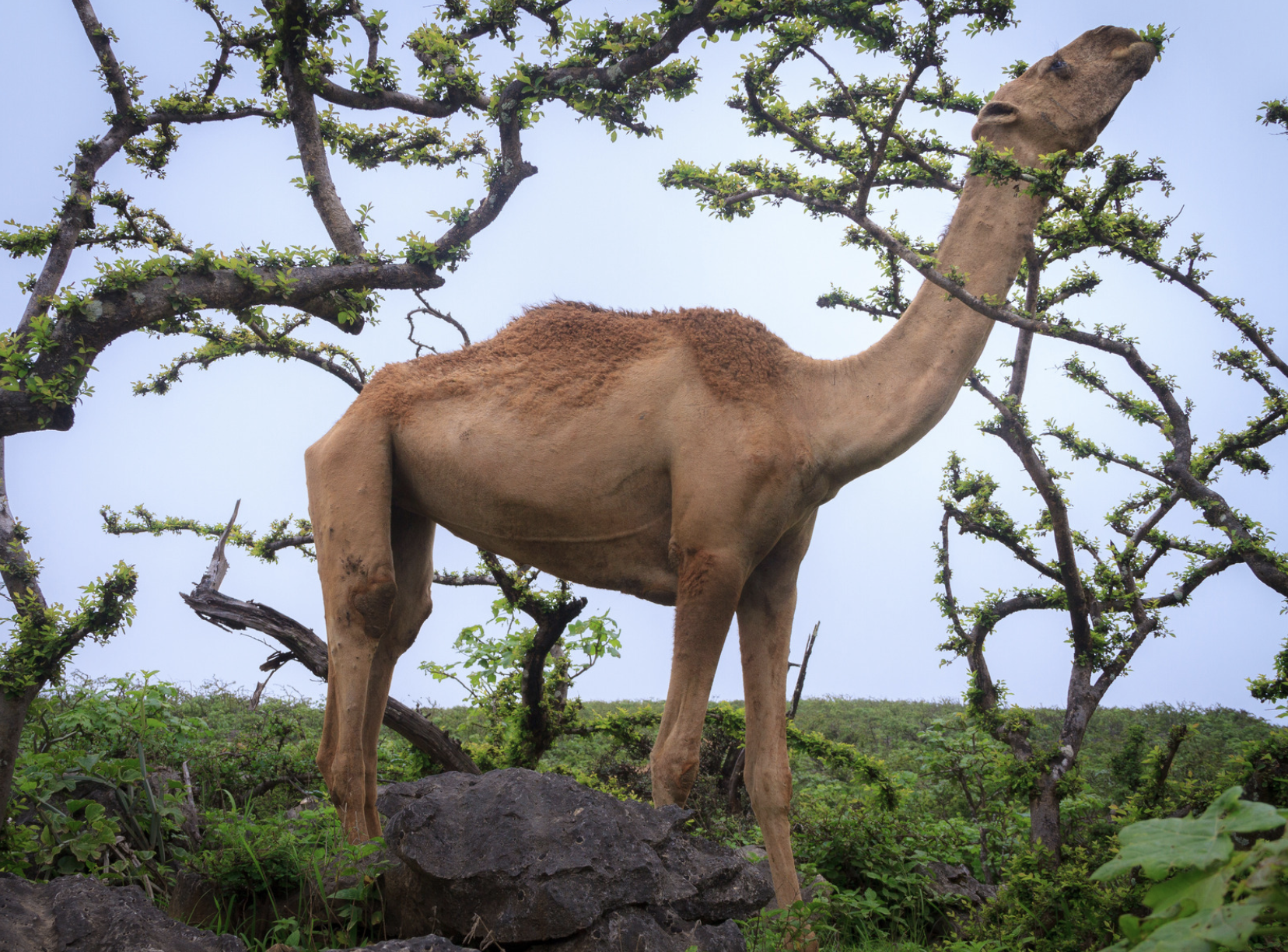

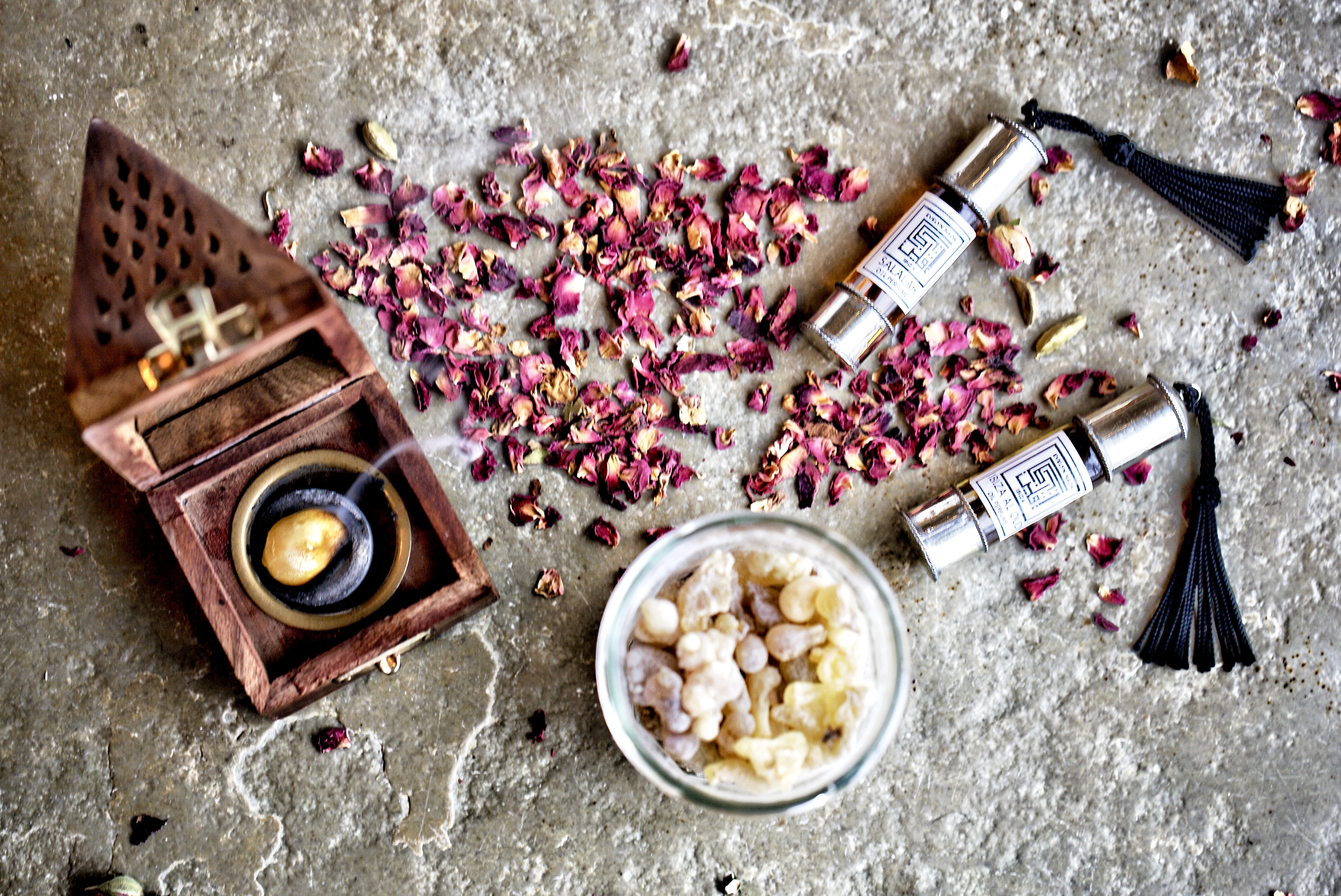
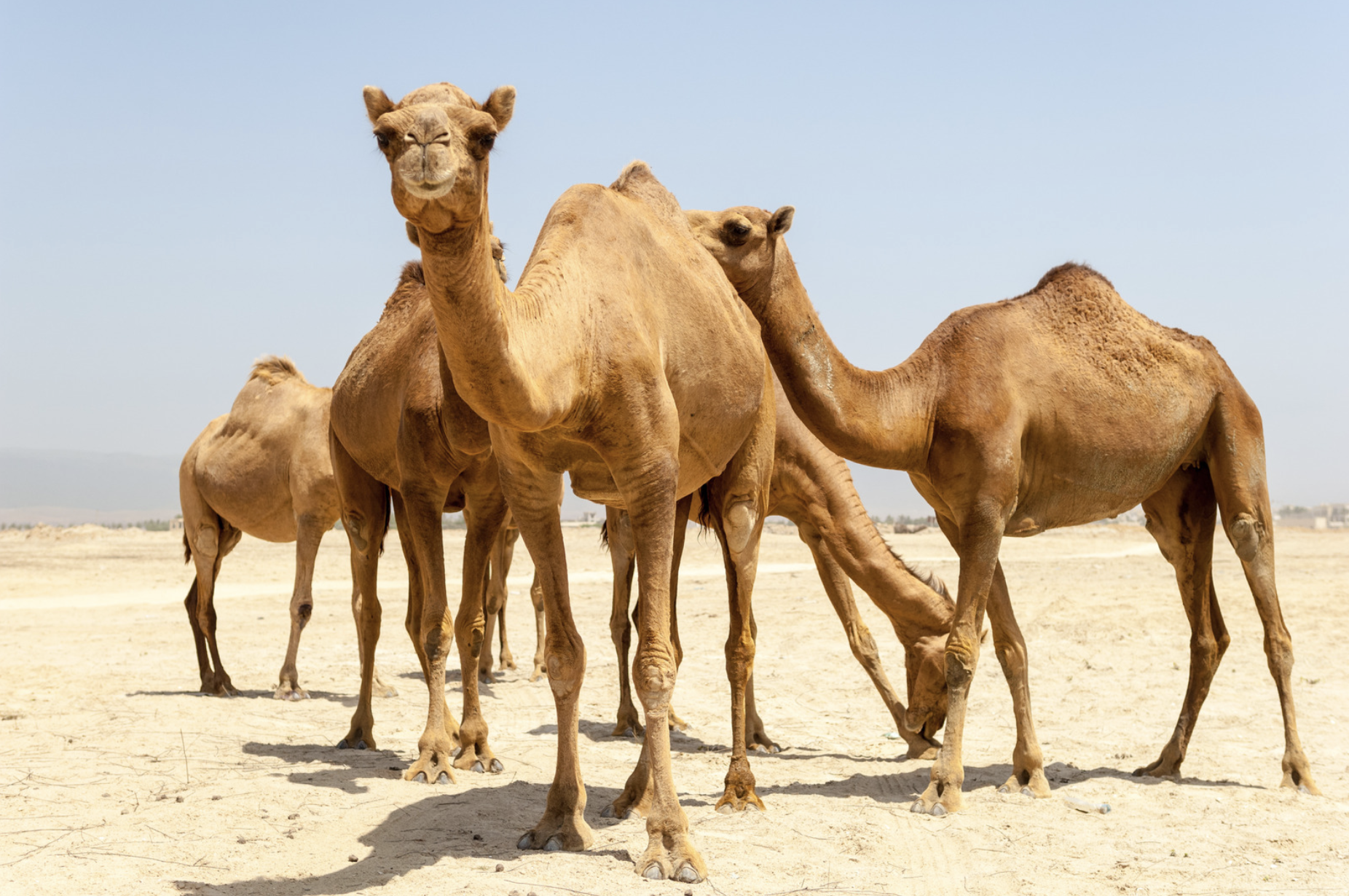
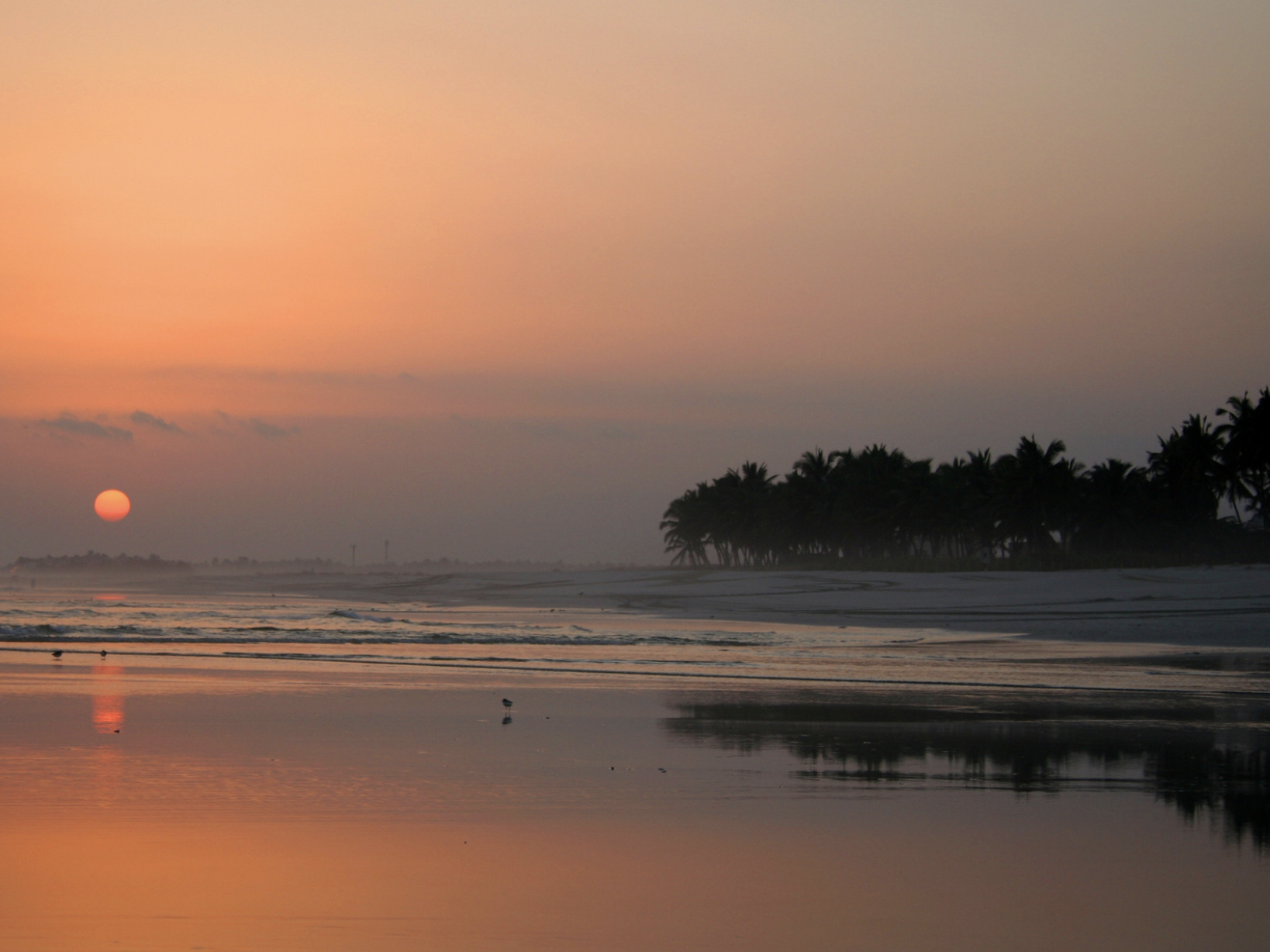
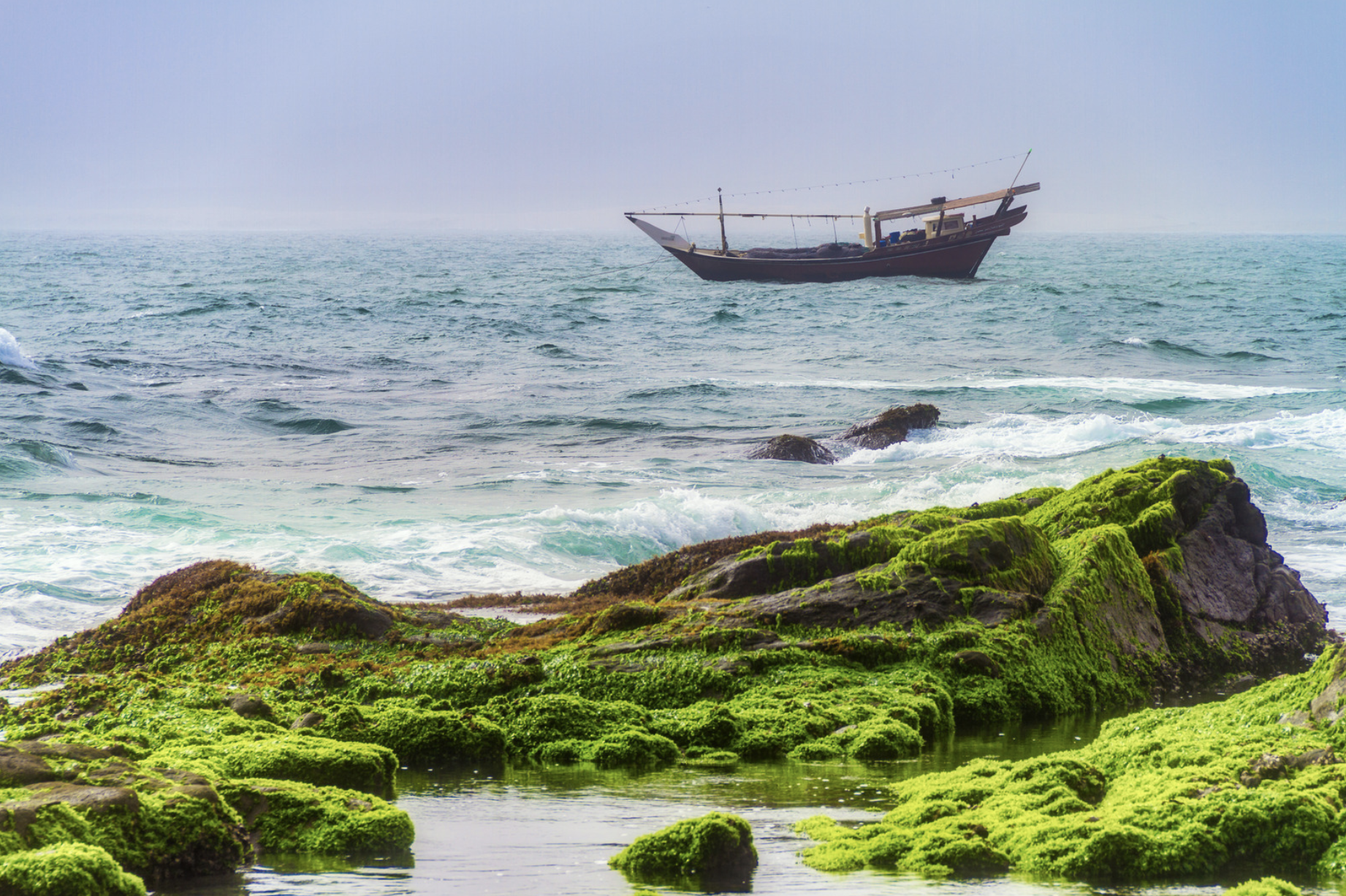








What a fabulous place! I’ve only visited Muscat in Oman but would love to go back and see this beautiful oasis. It’s so green!
It really is! It’s amazing, isn’t it – hard to believe it’s in the Middle East when you see the pictures. Muscat is fantastic too, such a pretty and quaint city compared to the other Gulf capitals.